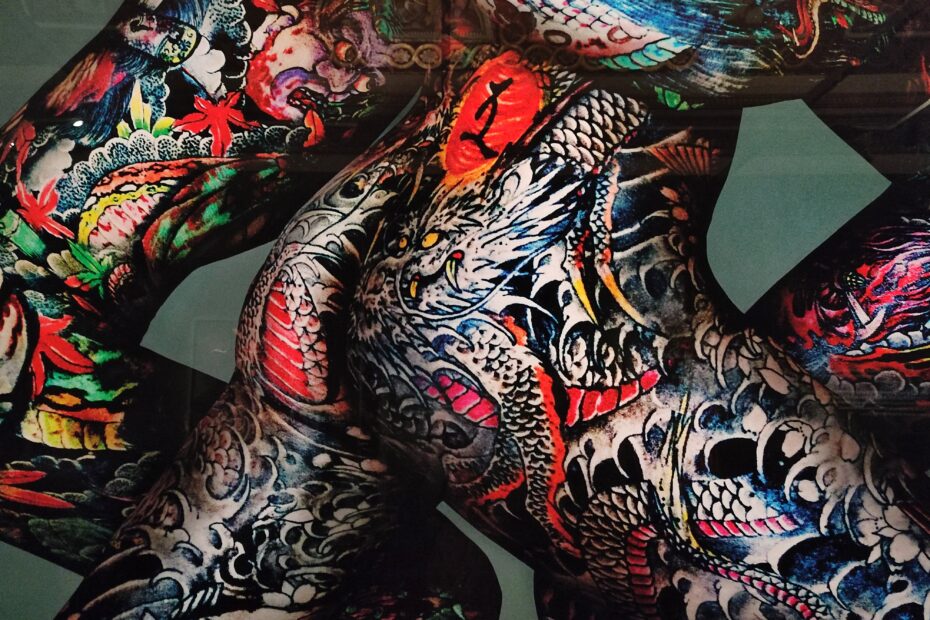Nato in Perù nel 1954 da madre irlandese e padre peruviano, Mario Testino è universalmente noto come uno dei più grandi ritrattisti e fotografi di moda della sua generazione. Leggendari i suoi ritratti fotografici di numerosi membri della famiglia reale britannica, dell’artista Pablo Picasso, dell’ex presidente americano Barack Obama, della cantante Madonna, dell’attrice hollywoodiana Angelina Jolie, della top-model Naomi Campbell e di innumerevoli altre personalità di spicco della politica, della cultura e della società contemporanee. Iconiche le sue campagne pubblicitarie per molte delle principali case di moda internazionali, tra le quali Gucci, Chanel, Valentino, Dolce &Gabbana, Louis Vuitton e Giorgio Armani.

La vita di Mario Testino è stata e continua ad essere, letteralmente e metaforicamente, un lungo viaggio, un percorso professionale e spirituale alla scoperta del mondo e di se stesso iniziato ormai quasi cinquant’anni fa con il suo trasferimento da Lima a Londra nel 1976. Insignito nel 2014 di un OBE (Cavalierato dell’Ordine dell’Impero Britannico) per meriti artistici e umanitari dalla Regina Elisabetta II, Testino oggi trascorre diversi mesi l’anno immerso in un labirinto di uliveti nella campagna siciliana, in contemplazione.

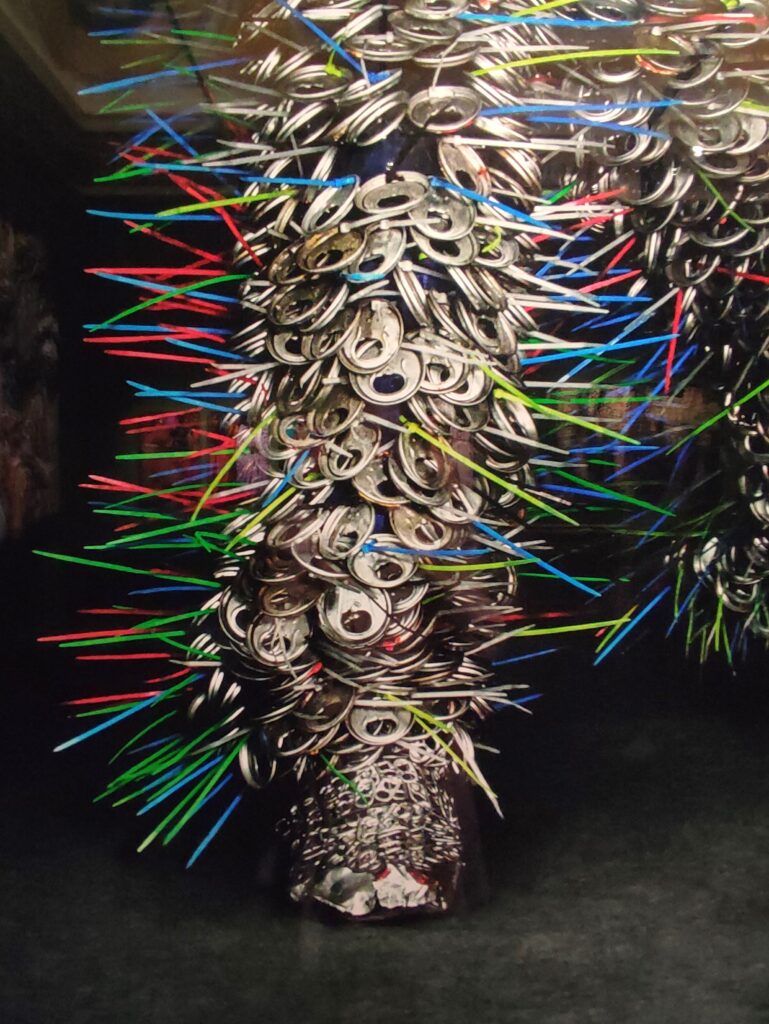
In una recente intervista per Harper’s Bazaar, il fotografo ha dichiarato: «A Londra provavo a essere inglese e a un certo punto non ha più funzionato. Non mi lasciavo andare e seguivo un gusto condiviso. Appena arrivava il momento di espormi fuggivo in bagno per paura di dire la cosa sbagliata. Scattavo con timore perché avevo paura di non soddisfare le aspettative. Poi ho capito che potevo non sapere tutto della moda, ma sicuramente avevo una grande consapevolezza di ciò che ero. Quando ho scelto me stesso come referenza è cambiato tutto […]. Ho trovato la mia dimensione in mezzo alla natura. Trascorro diversi mesi nella campagna siciliana, dove ho scoperto la contemplazione. Non ero abituato a riflettere. Sono sempre stato in viaggio: per 35 anni ho preso almeno due aerei a settimana, tutto l’anno, estate inclusa. Anche oggi mi muovo tanto e la mostra è il frutto di questo pellegrinaggio. Lo scorso anno sono stato in Congo, Uzbekistan, Pakistan e Guatemala. Ma lo spirito col quale affronto queste esperienze è più profondo.»
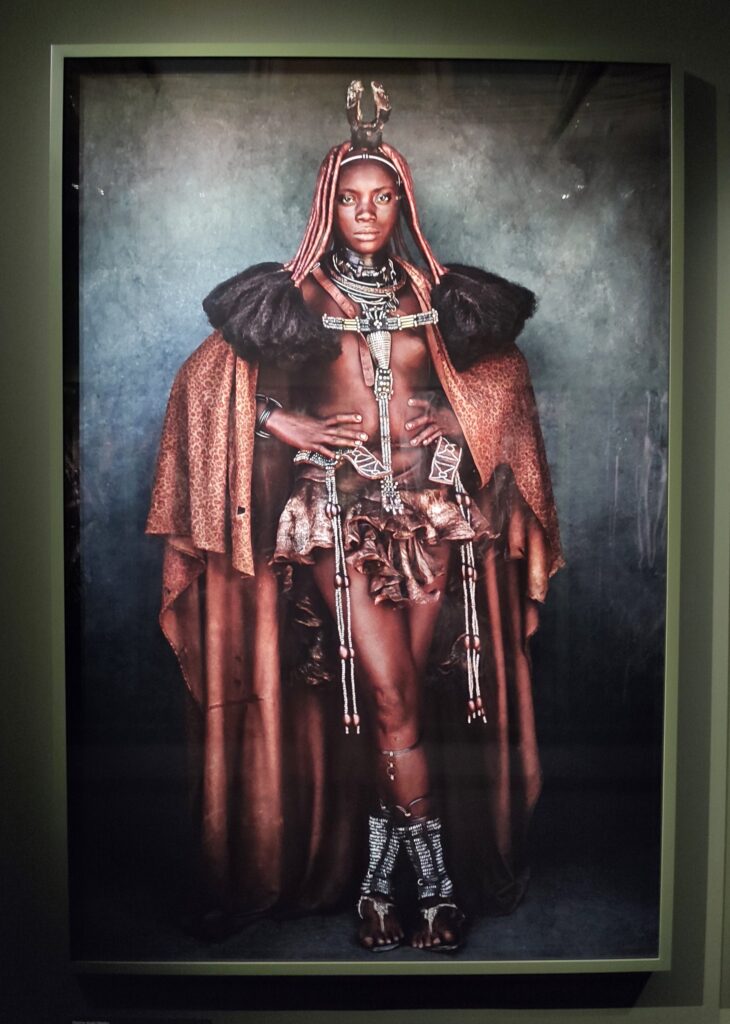
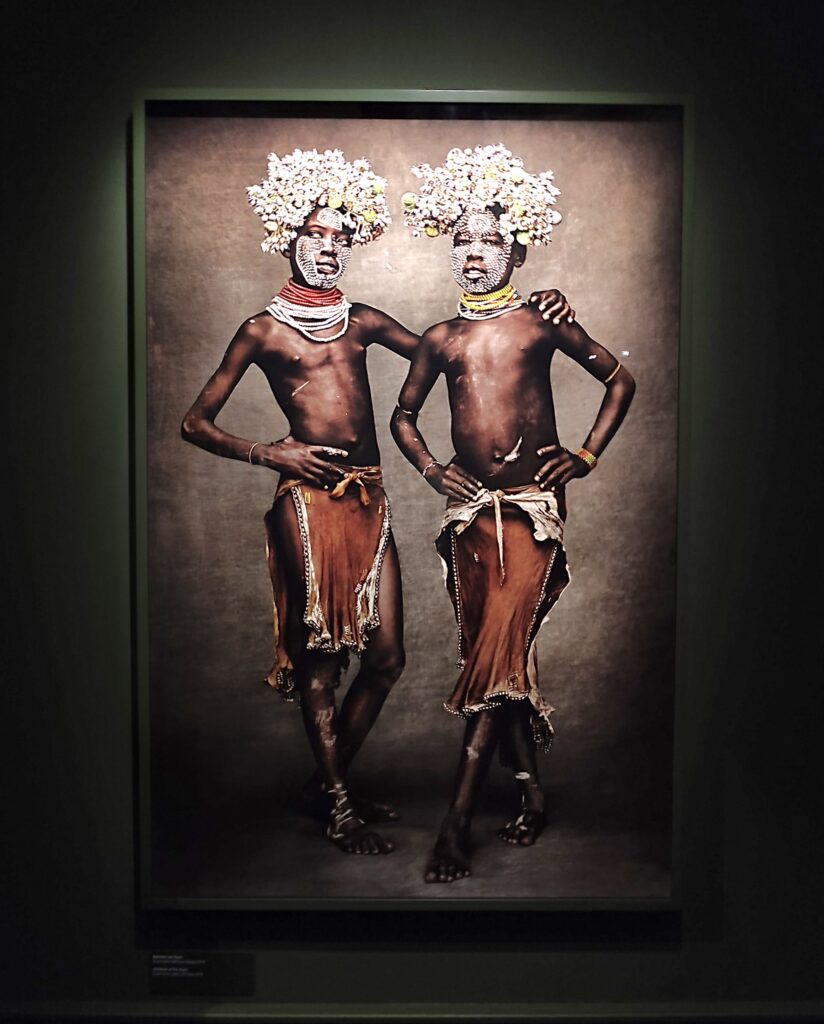
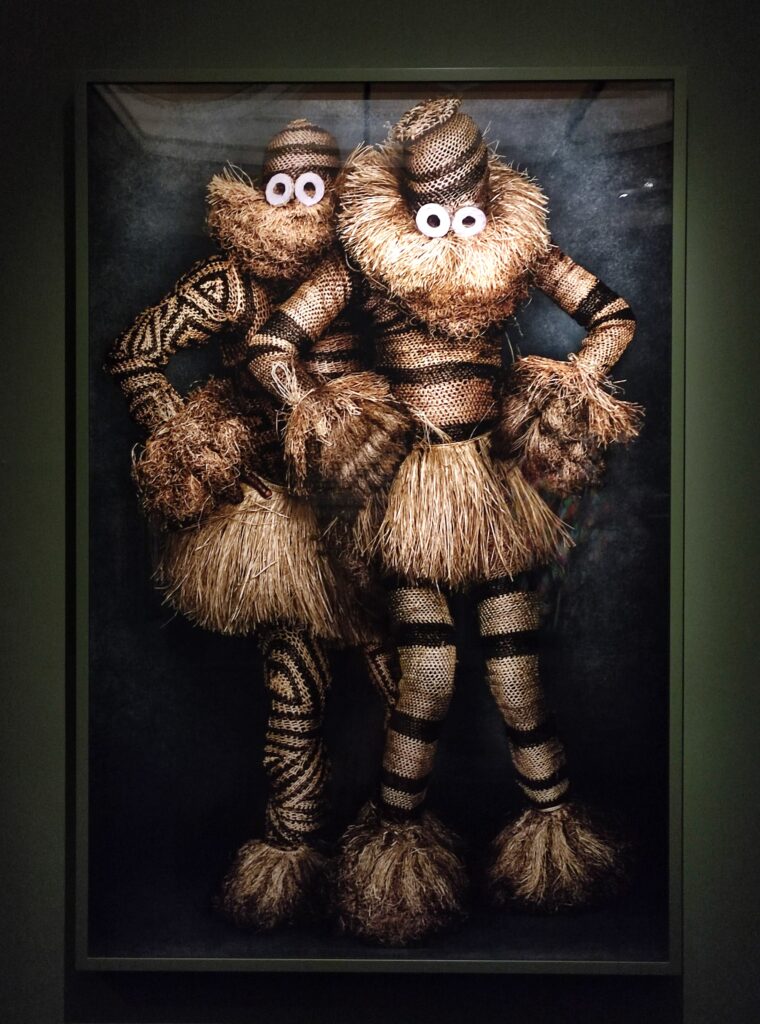
Illuminanti su ciò che sarebbe stata la futura vita personale di Mario Testino sono le parole dei suoi genitori alla sua partenza, riportate nell’imperdibile filmato che apre la mostra “A Beautiful World” organizzata presso Palazzo Bonaparte, Roma, in collaborazione con la società di eventi Arthemisia e aperta al pubblico fino al 25 agosto 2024: «Quando lasciai il Perù, mia madre mi disse: “devi fare attenzione, perché quando te ne andrai dal Perù e ti trasferirai in Inghilterra, non sarai mai veramente inglese ma non sarai mai più veramente peruviano, perché non sarai stato qui per così tanti anni, ed è inevitabile che ovunque tu vada influenzi il modo in cui pensi, il tuo modo di essere e che ti allontani da dove sei venuto”. Mio padre mi disse: “non dimenticare che esiste ciò che vuoi tu, ma anche ciò che vuole la vita, e la vita è più forte di te, e probabilmente andrà più in quella direzione.»
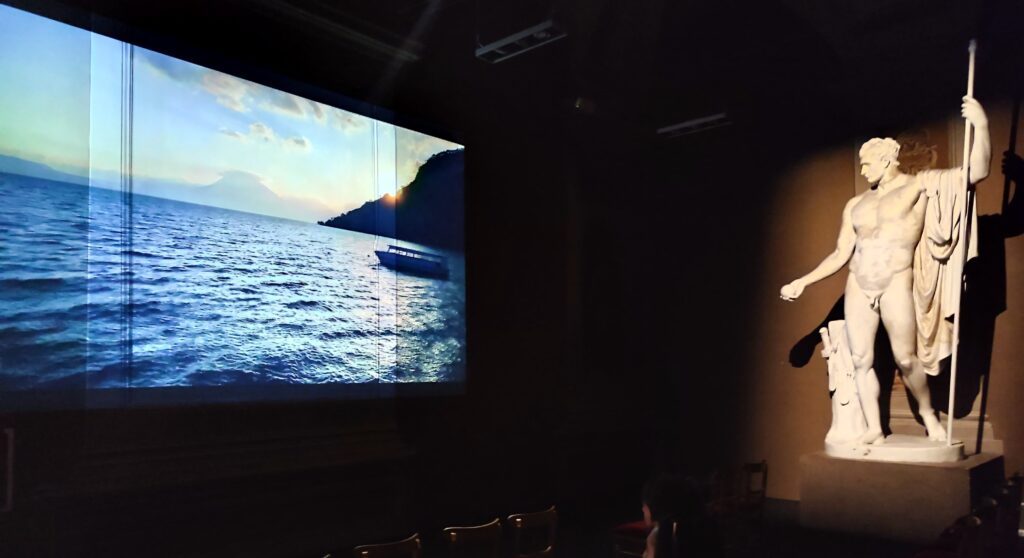
Il complesso percorso professionale, personale e spirituale di Mario Testino è perfettamente riassumibile in un termine da lui utilizzato nella sua recente intervista per Harpers Bazaar: pellegrinaggio. Un pellegrinaggio intensificatosi a partire dal 2017 con il suo volontario allontanamento dal frenetico e patinato mondo della moda ma rimasto incentrato intorno ad un interesse primario: l’essere umano e ciò di cui esso si adorna. La profonda passione del fotografo per l’individuo e i suoi indumenti emergeinfatticon prepotenzanelle meravigliose immagini da lui scattate negli oltre trenta paesi visitati nel corso degli ultimi sette anni. Un viaggio apparentemente interminabile, alla scoperta di culture e popoli lontanissimi dagli artifici e dai luccichii della fashion industry e custodi di un tesoro dal valore antropologico inestimabile: l’abito tradizionale.

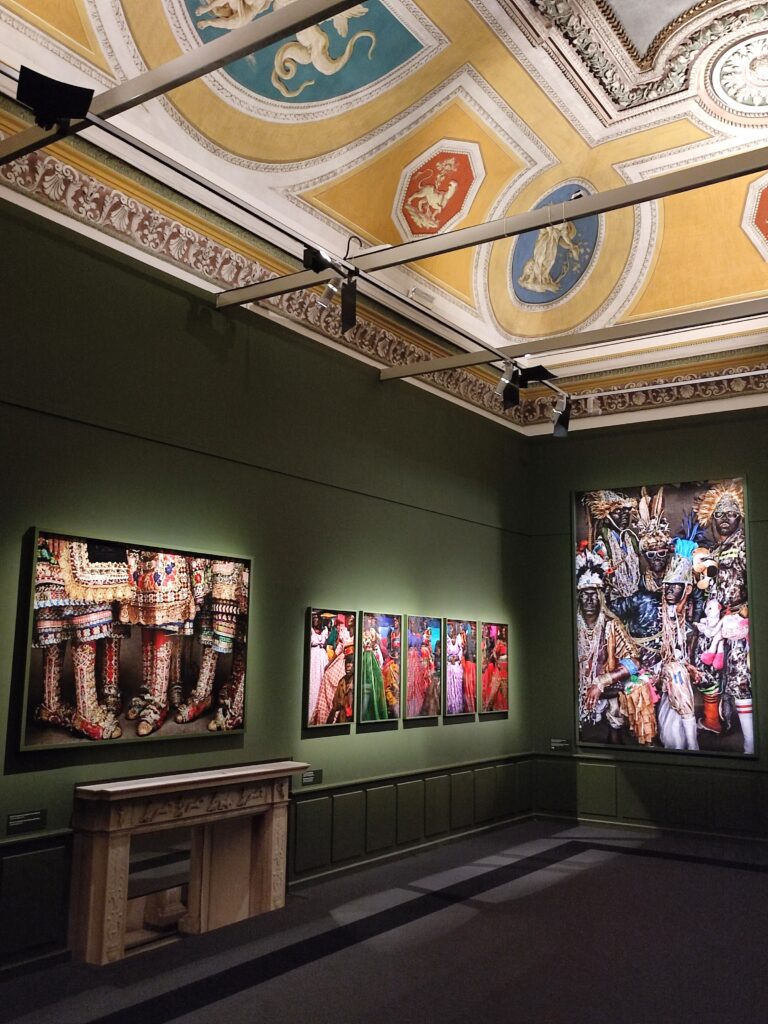
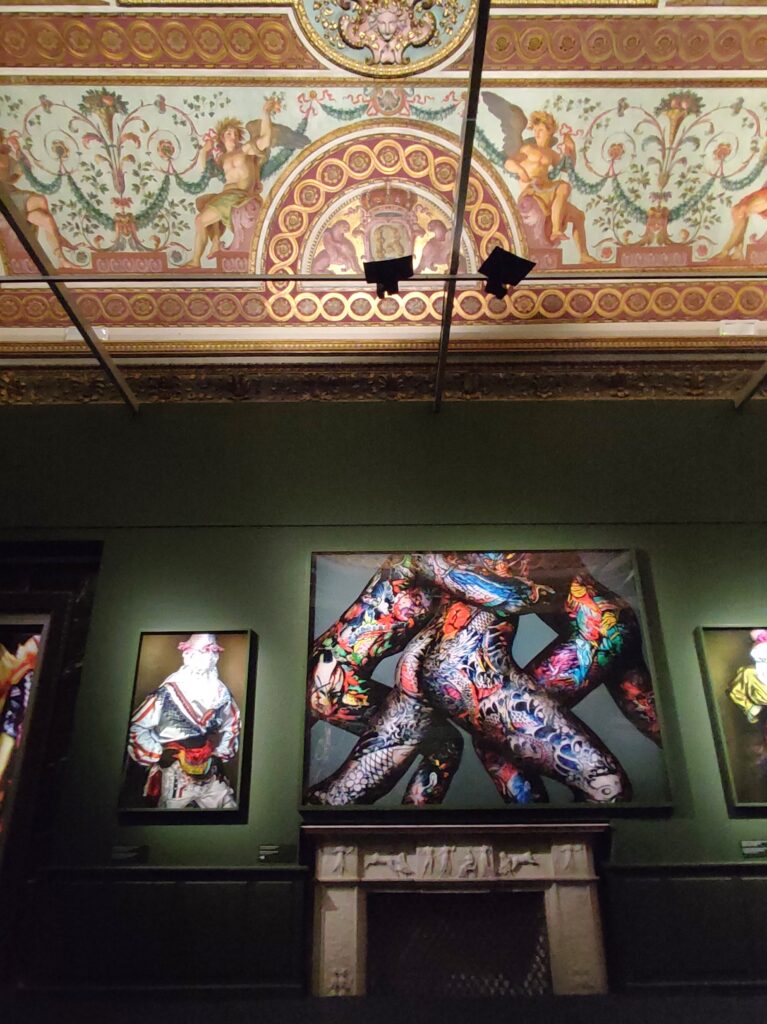
“Nei miei viaggi mi sono reso conto che quando un paese perde il legame tra la sua storia e il suo abito tradizionale, qualcosa di veramente prezioso è andato perduto“ ha recentemente dichiarato Mario Testino. In un mondo culturalmente sempre più globalizzato, i suoi ritratti di donne e uomini in costume tradizionale assumono dunque, sotto questo aspetto, valore non solamente artistico o estetico ma anche scientifico, archiviale. Un lavoro teso a conservare, almeno per i posteri, parte di quel variegato complesso di comunità, rituali, simbologie e credenze che ancora sopravvive a ciò che appare come la graduale ma forse irrefrenabile scomparsa del multiculturalismo.
“Mario Testino. A Beautiful World”, patrocinata dal Comune di Roma, è prodotta e organizzata da Arthemisia in collaborazione con Domus Artium Reserve, con il supporto dell’Uzbekistan Art and Culture Development Foundation, e con la sponsorizzazione di Art Partner e Generali Valore Cultura, media partner Urban Vision e la Repubblica e mobility partner Frecciarossa Treno Ufficiale e Atac. La mostra è curata dall’artista, scrittore e designer multidisciplinare Patrick Kinmonth.

Immagine in copertina: Mario Testino, Uomini tatuati da Horiyoshi III, Yokohama, Giappone, 2019 (dettaglio)
Testo e fotografie di Aktaia
ENGLISH VERSION
The beautiful world of Mario Testino
Born in Peru in 1954 to an Irish mother and a Peruvian father, Mario Testino is universally known as one of the greatest portraitists and fashion photographers of his generation. His photographic portraits of various members of the British Royal Family, artist Pablo Picasso, former American President Barack Obama, singer Madonna, Hollywood actress Angelina Jolie, top-model Naomi Campbell and countless other other prominent personalities of contemporary politics, culture and society are legendary. His advertising campaigns for leading international fashion houses, including among others Gucci, Chanel, Valentino, Dolce & Gabbana, Louis Vuitton and Giorgio Armani, have achieved iconic status.
Mario Testino’s life has been, and continues to be – literally and metaphorically – a long journey, a professional and spiritual path towards the discovery of the world and of himself that began almost fifty years ago with his move from Lima to London in 1976. Knighted with an OBE (Knighthood of the Order of the British Empire) for artistic and humanitarian merits by Queen Elizabeth II in 2014, Testino today spends several months of the year in contemplation, immersed in a labyrinth of olive groves in the Sicilian countryside.
In a recent interview for Harpers Bazaar, the photographer declared: “In London I tried to be English and at a certain point it didn’t work anymore. I wouldn’t let myself be myself, I just followed a shared taste. Any time I was expected to express my opinion, I would immediately run to the bathroom for fear of saying the wrong thing. I took pictures with fear because I was afraid of not meeting expectations. Then I realized that I might not know everything about fashion but certainly had a great awareness of who I was. When I chose myself as a reference, everything changed”. “I found my dimension immersed in nature. I spend several months in the Sicilian countryside, where I discovered contemplation. I wasn’t used to reflecting. I’ve always been on the road: for 35 years I took at least two planes a week, all year round, including summer. Even today I travel a lot and the exhibition is the fruit of this pilgrimage. Last year I was in Congo, Uzbekistan, Pakistan and Guatemala. However, the spirit with which I face these experiences is deeper”.
Enlightening about what Mario Testino’s future personal life would be are the words of his parents upon his departure, reported in the unmissable film that opens the exhibition “A Beautiful World” organized at Palazzo Bonaparte, Rome, in collaboration with the events company Arthemisia and open to the public until 25 August 2024: “When I left Peru, my mother said to me: “you have to be careful, because once you leave Peru and move to England, you will never be truly English but you will never be truly Peruvian again, because you will not have been here for so many years, and it is inevitable that wherever you go will influence the way you think, the way you are. You will become distant from where you came from”. “My father said to me: “don’t forget that there is what you want, but also what life wants, and life is stronger than you, and will probably go more in that direction”.
Mario Testino’s complex professional, personal and spiritual journey can be perfectly summed up in a term he used in his recent interview for Harper’s Bazaar: pilgrimage. A pilgrimage that intensified beginning from 2017 with his voluntary distancing from the frenetic and glossy world of fashion but remained centered on a primary interest: the human being and what it adorns himself with. The photographer’s deep interest for the individual and his attire emerges forcefully in the wonderful images Testino has taken in the over thirty countries he visited over the last seven years. A seemingly endless journey, an exploration of cultures and peoples far from the artifice and glitter of the fashion industry and custodians of a treasure of inestimable anthropological value: the traditional dress.
“During my journeys I realized that when a country loses the link between its history and its traditional dress, something truly precious goes lost,” Mario Testino declared recently. In a world where culture is increasingly globalized, his portraits of women and men in traditional costume assume, in this respect, not only artistic or aesthetic value but also scientific, archival relevance: that of work aimed at preserving, at least for posterity, part of that variegated complex of communities, rituals, symbols and beliefs that still survive what appears to be the gradual, but probably unstoppable, disappearance of multiculturalism.
“Mario Testino. A Beautiful World”, is open to the public at Palazzo Bonaparte, Rome, until 25 August 2024. Sponsored by the Municipality of Rome, the exhibition is produced and organized by Arthemisia in collaboration with Domus Artium Reserve, with the support of the Uzbekistan Art and Culture Development Foundation, and with the sponsorship of Art Partner and Generali Valore Cultura, media partner Urban Vision and la Repubblica, and mobility partners Frecciarossa Treno Ufficiale and Atac. The exhibition is curated by artist, writer and multidisciplinary designer Patrick Kinmonth.
